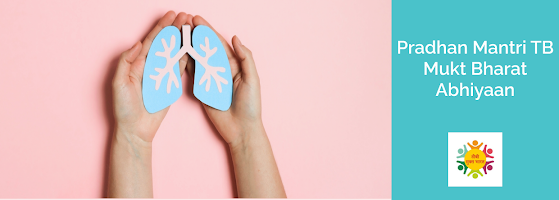Combating Tuberculosis: What You Need to Know About DS TB, DR TB, and PMDT
Tuberculosis (TB) is a common infectious respiratory disease that is caused by bacteria. It can be spread through the air when an infected person coughs, sneezes, or speaks. Although there are treatments available for TB, it remains a serious global health issue. In this blog post, we’ll discuss the three main types of TB; DS TB, DR TB, and PMDT.
Drug-Sensitive Tuberculosis (DS TB): DS TB is the most common type of TB and it is also the most treatable form of the disease. This type of tuberculosis can be cured with a 6-month course of antibiotics. However, if the patient does not complete their treatment regimen they could become resistant to at least one drug in the antibiotic combination used to treat them.
Drug-Resistant Tuberculosis (DR TB): DR TB is much more difficult to treat than DS TB because it is resistant to at least one antibiotic used in standard treatment regimens. Treatment for this type of tuberculosis usually requires an intensive 18-24 month regimen of multiple drugs including injectable medications and other second-line drugs which are more expensive and have more severe side effects than first-line drugs used to treat DS TB.
Preventive Measures for Drug-Susceptible & Drug-Resistant Tuberculosis (PMDT): PMDT involves providing appropriate preventive treatment to those who are at higher risk of developing active tuberculosis or those who may already have active tuberculosis but don't know it yet due to its asymptomatic nature. This includes people with HIV/AIDS; those who have been recently exposed to someone with active tuberculosis; children under 5 years old; pregnant women; injection drug users; prison inmates or other people living in overcrowded conditions; and those with underlying medical conditions such as diabetes mellitus or silicosis which can increase their risk for developing active tuberculosis.
Conclusion:
Tuberculosis is a serious global health issue that needs to be addressed quickly and effectively in order for us to reduce its impact on our communities. By understanding the different types of tuberculosis – DS TB, DR TB, and PMDT – we can work together toward finding solutions that will help save lives around the world. If you think you may be at risk for any type of tuberculosis infection, talk to your doctor about ways you can protect yourself from exposure and get tested if necessary. Together we can make a difference!



Comments
Post a Comment